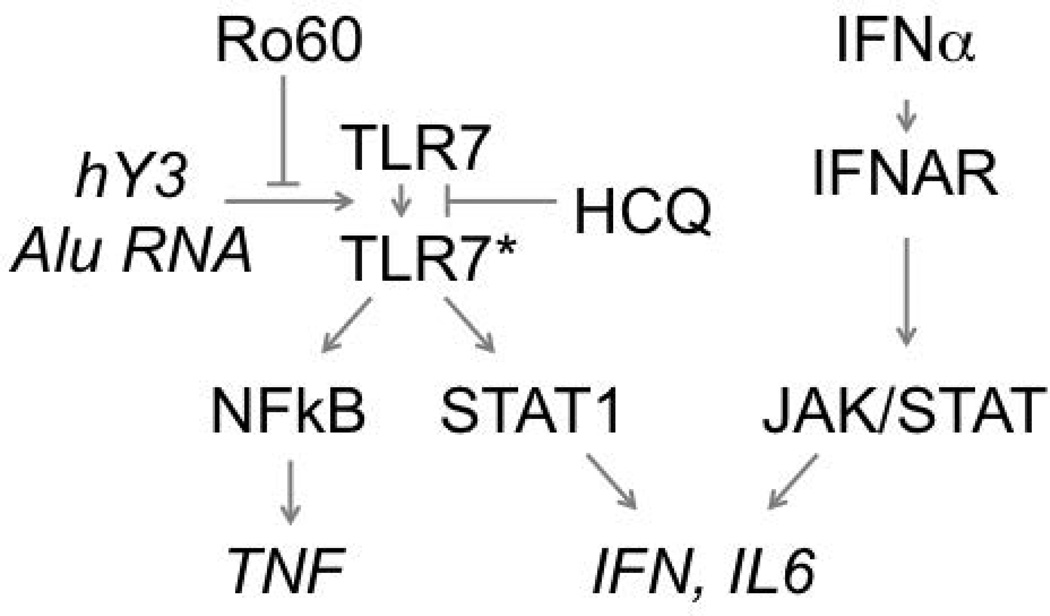Figure 3. Ro60 and hydroxychloroquine act to attenuate the inflammatory pathway of Toll-like receptor 7 (TLR7) and its cognate ligand noncoding RNA.
Within B cells, dendritic cells, and macrophages, the engagement of TLR7 with ligands, hY3 and Alu RNA, in the context of the two-receptor hypothesis (not shown) results in activation of pathways driven by epigenetic modifications influencing the transcription factors STAT1 and NF-κB. Intracellular Ro60 will attenuate this response by reducing the available pool of hY3, Alu RNA, and other noncoding RNAs. In addition, hydroxychloroquine inhibits TLR-dependent epigenetic modifications and cytokine production. HCQ is specific to the endosome and does not block downstream autocrine-paracrine cytokine signaling. *TLR7 that has completed the transition from latent to an active form.

